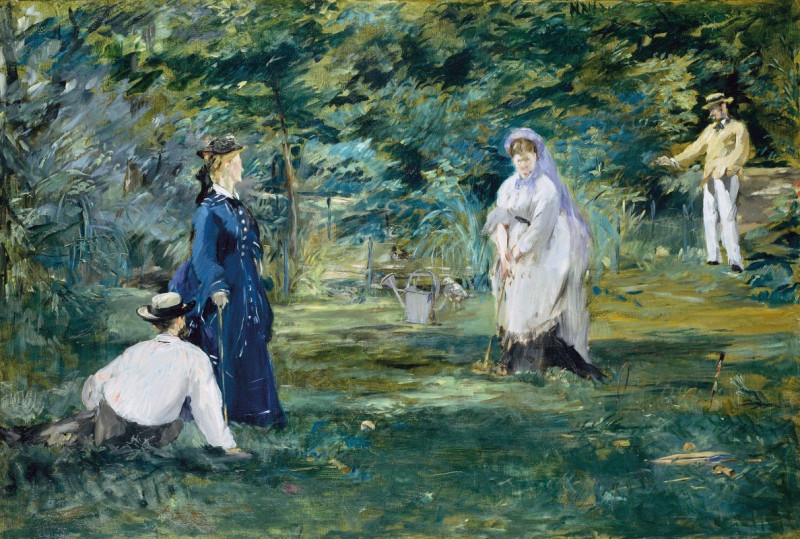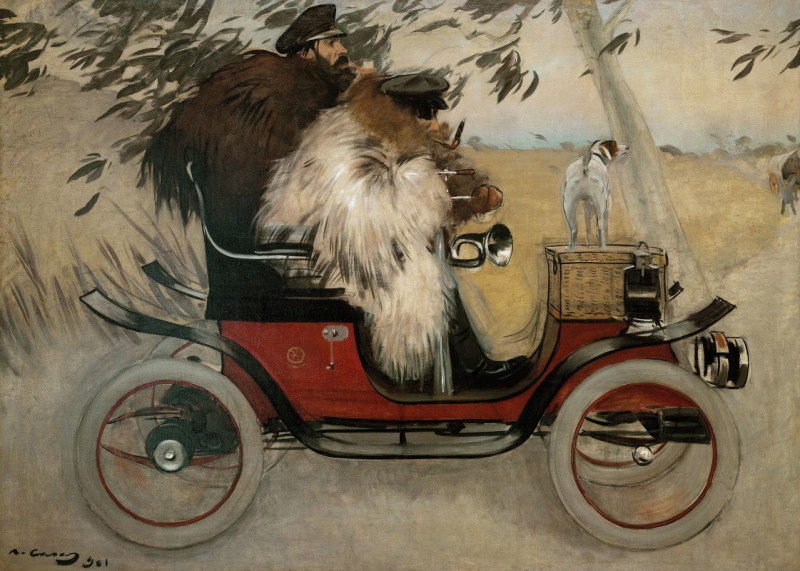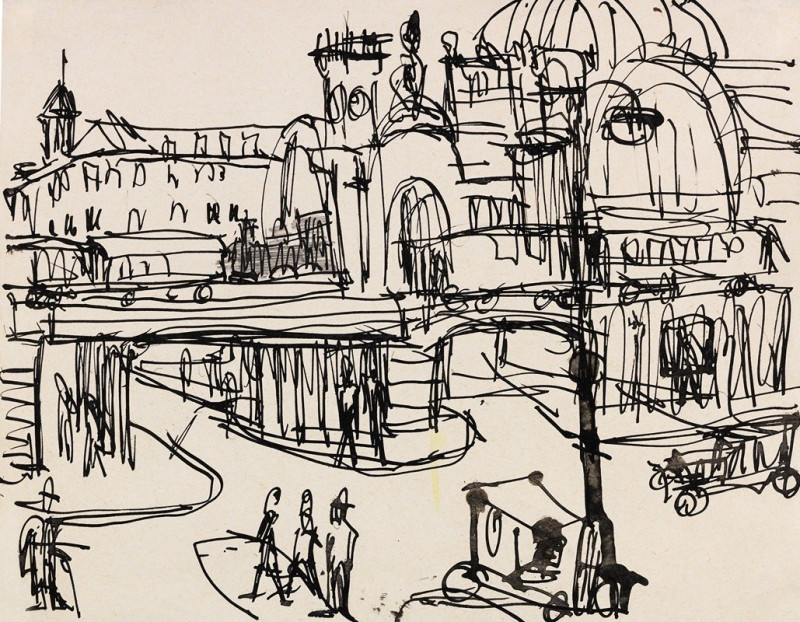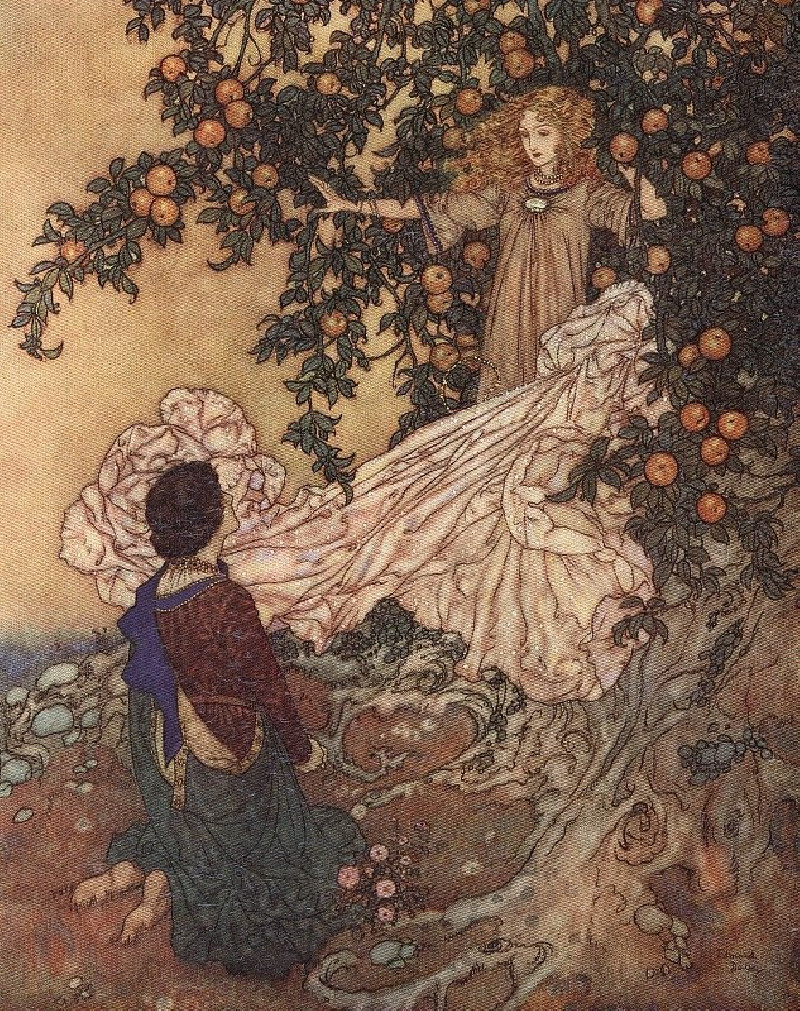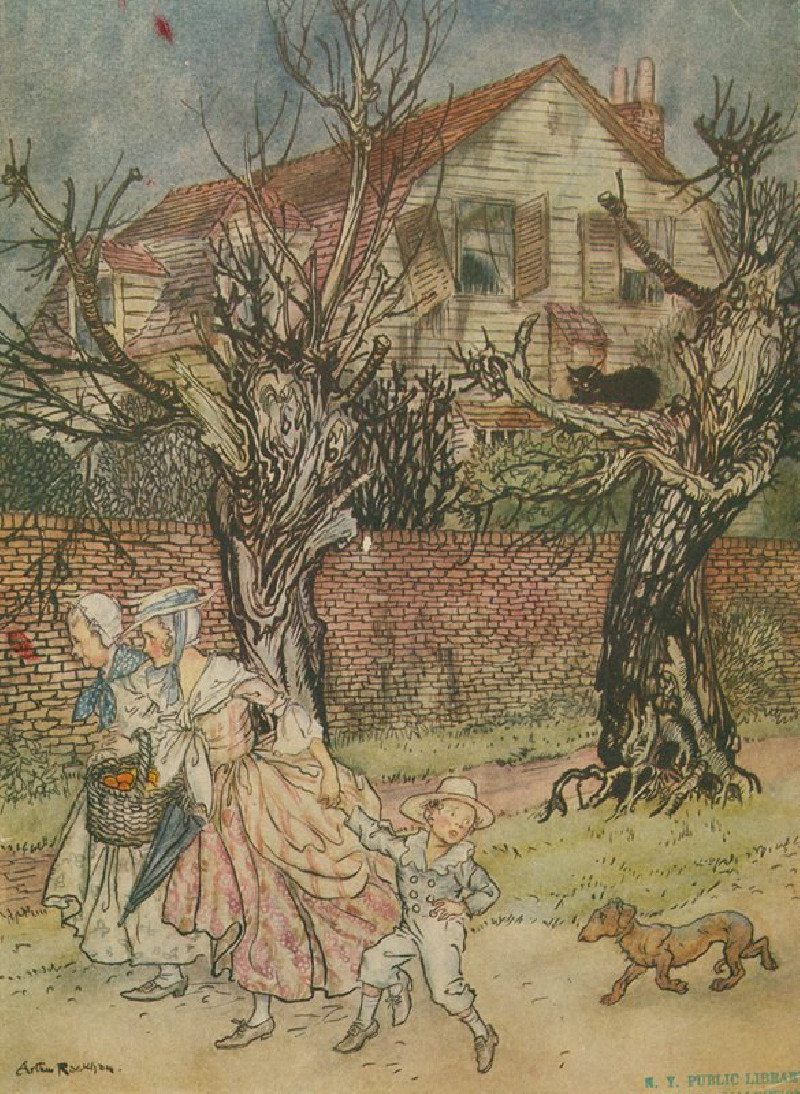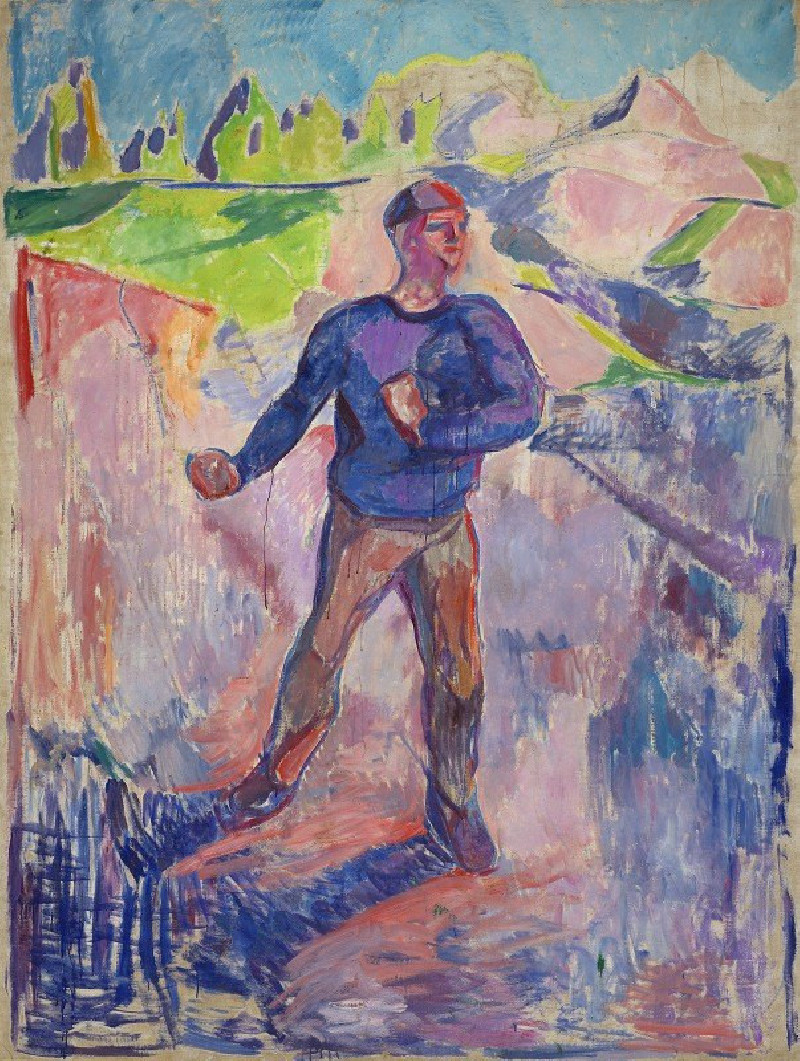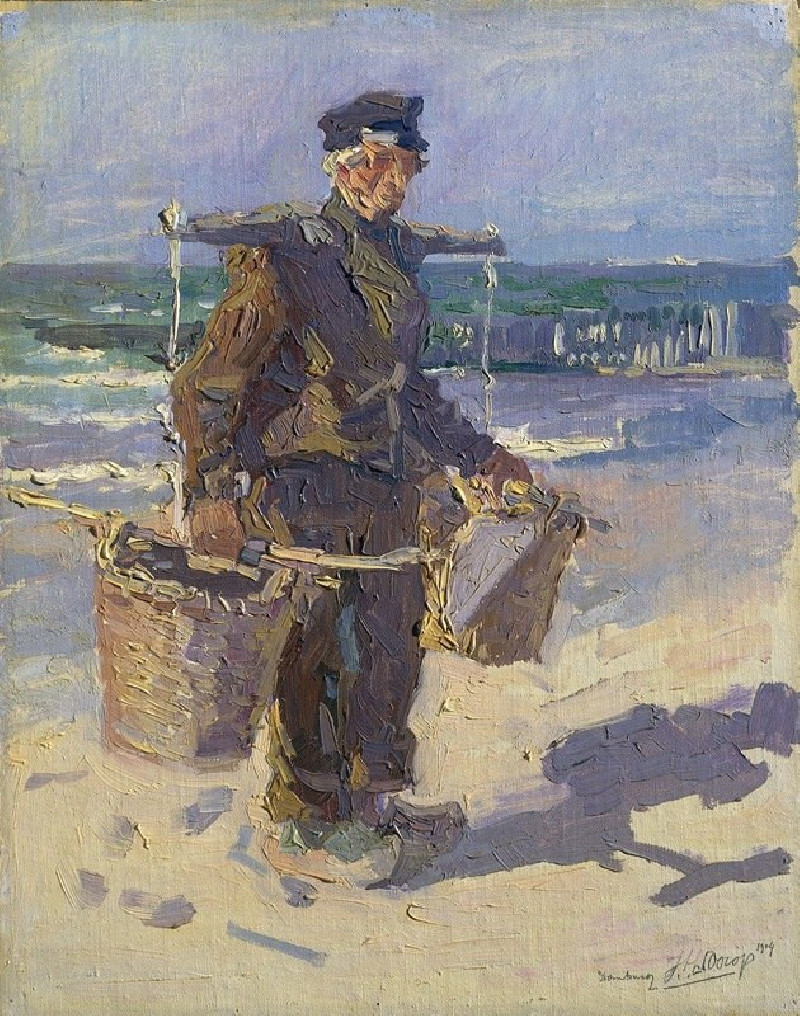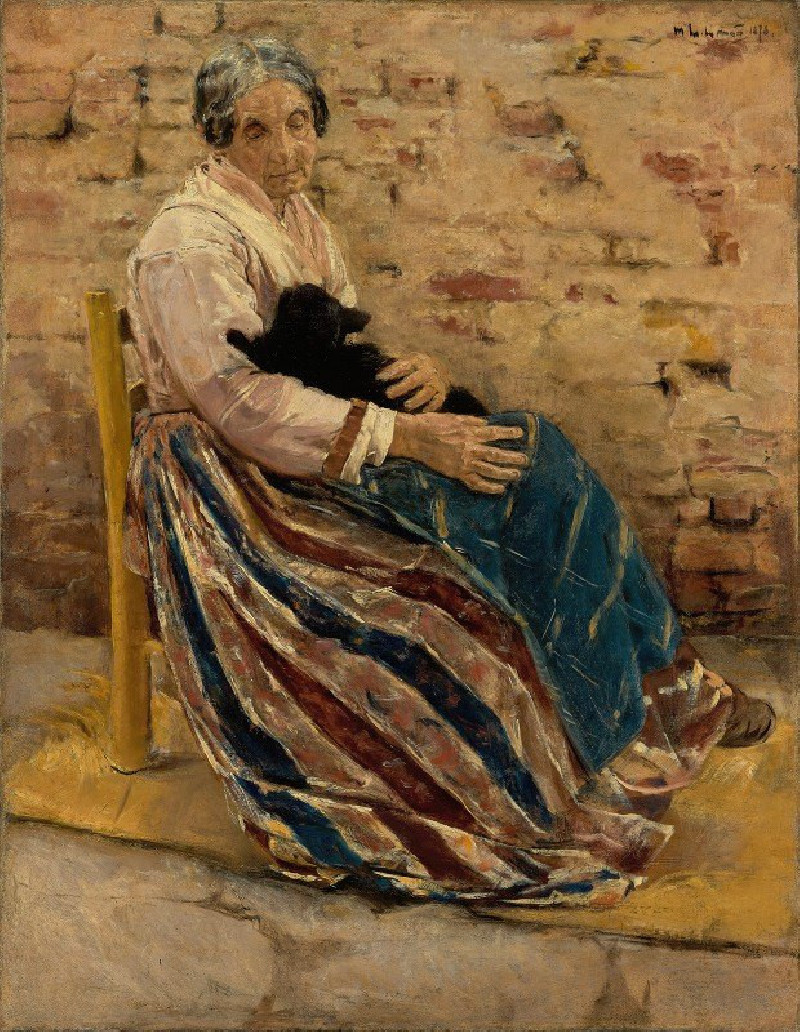A Game of Croquet (1873)
Technique: Giclée quality print
Recommended by our customers
More about this artwork
"In the masterful brushstrokes of Edouard Manet, 'A Game of Croquet' immerses viewers in a vivid portrayal of leisurely 19th-century life. Captured in this painting is a spontaneous and elegant scene of friends engaged in the gentle sport of croquet. The setting is lush and verdant, filled with an array of green tones that seem to dance under the dappled light of a sunlit afternoon.The composition is animated yet relaxed, with four figures positioned within a landscape that breathes tranquility. On the left, a man seated on the grass turns his gaze towards a standing woman, clad in a stylish navy blue dress, her attention fixed out of the frame. To the right, another woman in white and lavender holds her croquet mallet, her pose suggesting a pause in play, while a man in a straw hat observes from the background, adding a sense of depth and context to the scene.Manet's brushwork is swift and confident, creating an effect that is simultaneously detailed and impressionistic. The juxtaposition of dynamic human figures against the soft, fluid background of nature invites the viewer to sense both the calm and the quiet energy of a leisurely afternoon outdoors.This painting not only provides a glimpse into the social pastimes of its era but also showcases Manet's skill in blending formal figuration with atmospheric landscape painting. 'A Game of Croquet' is a celebration of nature, companionship, and the simple joys of an afternoon spent in good company.
Delivery
Returns
Édouard Manet (1832–1883) was a French modernist painter and one of the first 19th century artists to paint modern life. His impressionist style is characterized by relatively small and thin brushstrokes that create emphasis on light depiction. Manet was one of the key artists in the transition from realism to impressionism, along with Claude Monet, Edgar Degas, and Pierre-Auguste Renoir. However, he resisted involvement in any one specific style of painting, and only presented his work to the Salon of Paris instead of impressionist exhibitions. His early masterworks, The Luncheon on the Grass and Olympia, created great controversy and served as a rallying point for other young painters.

